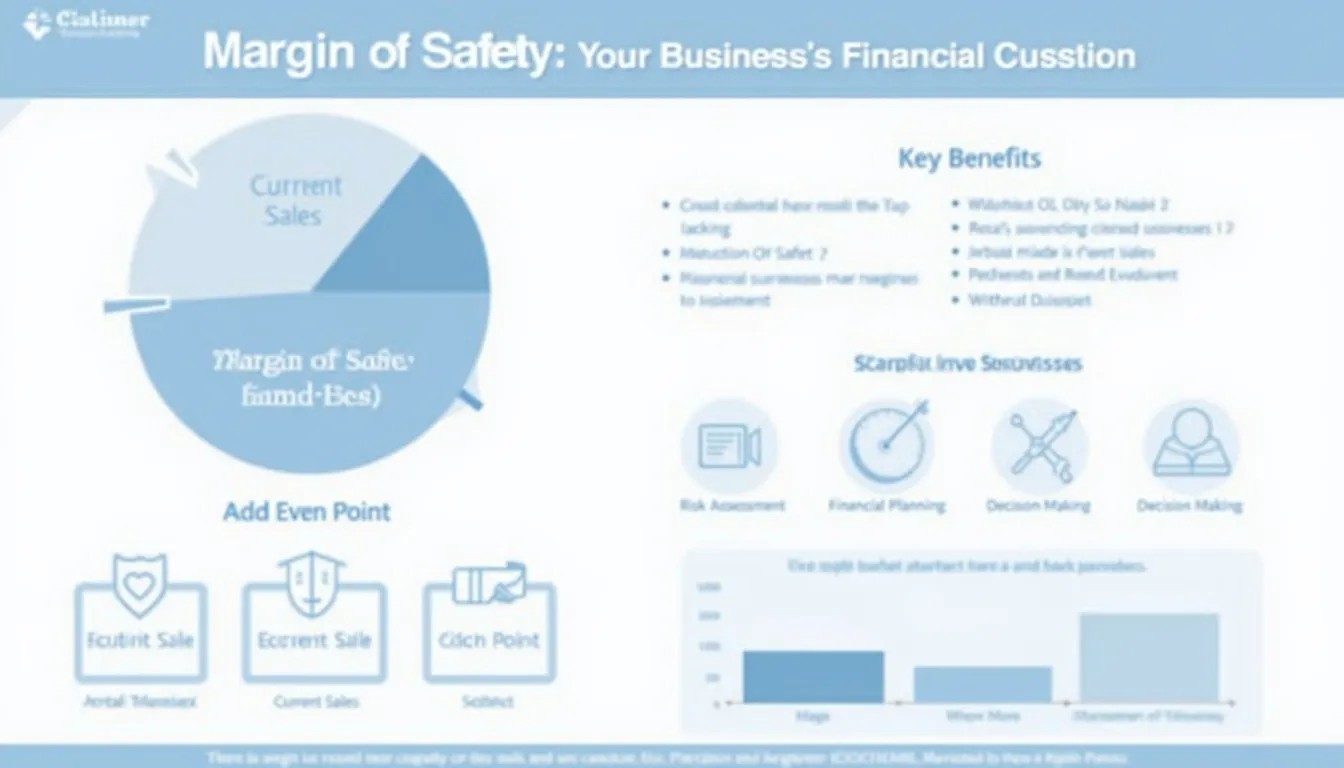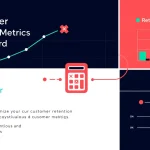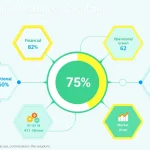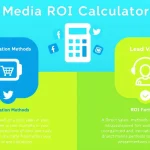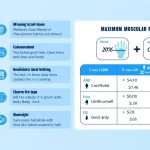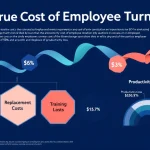Margin of Safety Calculator
Is this tool helpful?
How to use the tool
- Enter Current Sales. Type your latest revenue, e.g., 250000 or 675432.75.
- Enter Break-Even Sales. Add the sales level that covers all costs, e.g., 180000 or 512300.40.
- Press “Calculate.” The tool returns your margin of safety as a percentage.
- Interpret the result. A higher percentage means a wider financial cushion against downturns.
Formula used
$$ \text{Margin of Safety (\%)} = \frac{\text{Current Sales} – \text{Break-Even Sales}}{\text{Current Sales}} \times 100 $$
Example calculation 1
- Current Sales = $250 000
- Break-Even = $180 000
- Margin = ((250 000 − 180 000) / 250 000) × 100 = 28 %
Example calculation 2
- Current Sales = $600 000
- Break-Even = $450 000
- Margin = ((600 000 − 450 000) / 600 000) × 100 = 25 %
Quick-Facts
- Manufacturing firms aim for a 20-25 % margin of safety (Investopedia, 2023).
- The formula needs only two inputs—sales and break-even—simplifying analysis (AccountingTools, 2022).
- U.S. small businesses usually reach break-even within 2-3 years (SBA, 2022).
- “A wide margin lowers operating-leverage risk,” notes Harvard Business Review (HBR, 2021).
- Venture investors prefer margins above 15 % before funding rounds (PitchBook, 2023).
FAQ
What is the margin of safety?
The margin of safety is the percentage distance between your current sales and the break-even point. It quantifies how much revenue can fall before losses start (Investopedia, 2023).
How does the calculator work?
You enter current sales and break-even sales; the script applies $$\frac{\text{Sales} – \text{Break-Even}}{\text{Sales}}\times100$$ to return a precise percentage (AccountingTools, 2022).
What is a healthy margin of safety?
Consultants consider 20 % or more healthy for most SMEs, while capital-intensive sectors may target 30 %+ (KPMG Working Capital Survey, 2021).
How often should I recalculate the margin?
Update it at least quarterly or whenever fixed or variable costs change significantly (SBA, 2022).
What if my margin of safety is negative?
A negative value means sales have not yet reached break-even, signalling immediate cost cuts or revenue growth is required (Horngren, 2021).
How can I widen my margin?
Increase sales through pricing or volume, or reduce break-even by trimming fixed costs and renegotiating variable expenses (Harvard Business Review, 2021).
Does industry affect target margins?
Yes. Software firms can run safely at 15 %, whereas grocery retailers seek 5-10 % due to thin mark-ups (McKinsey Retail Benchmark, 2022).
Why do investors look at this metric?
Investors view a strong margin as evidence of resilience; a 10-point increase can cut perceived risk by one-third in valuation models (PitchBook, 2023).
Important Disclaimer
The calculations, results, and content provided by our tools are not guaranteed to be accurate, complete, or reliable. Users are responsible for verifying and interpreting the results. Our content and tools may contain errors, biases, or inconsistencies. Do not enter personal data, sensitive information, or personally identifiable information in our web forms or tools. Such data entry violates our terms of service and may result in unauthorized disclosure to third parties. We reserve the right to save inputs and outputs from our tools for the purposes of error debugging, bias identification, and performance improvement. External companies providing AI models used in our tools may also save and process data in accordance with their own policies. By using our tools, you consent to this data collection and processing. We reserve the right to limit the usage of our tools based on current usability factors.
